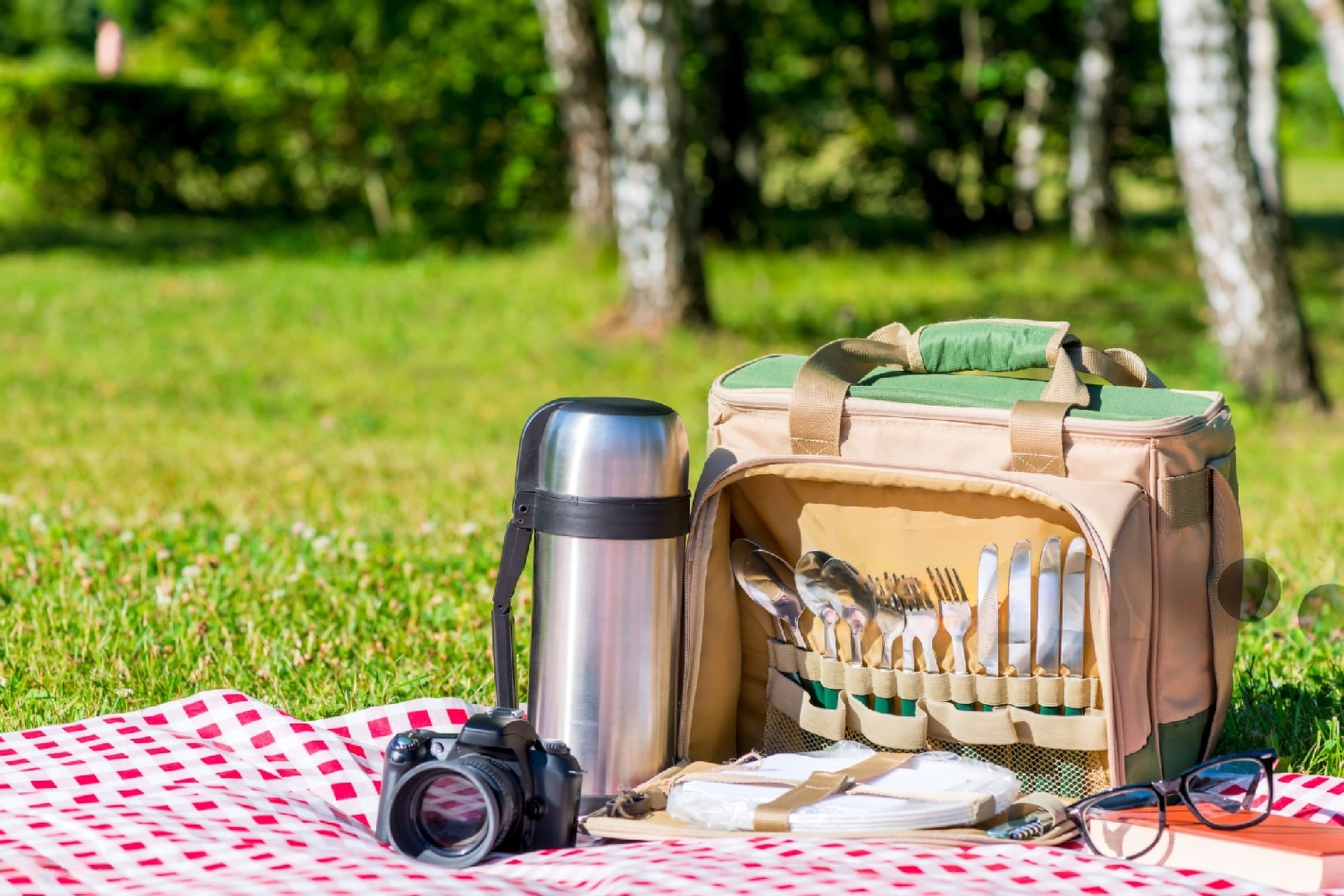No products in the cart.
News
Do Cool Bags Work without Ice?
Cooler bags can still provide some insulation to help maintain the temperature of your items, even without ice. However, the effectiveness of the cooling will be significantly reduced compared to using ice or ice packs.
Without ice or ice packs, cooler bags rely solely on their insulation properties to slow down the transfer of heat from the outside environment to the inside of the bag. While this can help to some extent, especially for short periods or in mild temperatures, it won’t keep your items as cold as when using ice.
If you’re planning to use a cooler bag without ice, here are a few tips to maximize its effectiveness:
Pre-Chill Items: Refrigerate or freeze your items before placing them in the cooler bag. Starting with colder items will help them stay cooler for longer.
Use Insulating Layers: Place items in the cooler bag surrounded by insulating materials, such as towels, blankets, or even newspaper. This can help reduce the rate at which heat enters the bag.
Minimize Opening: Limit how often you open the cooler bag to reduce the amount of warm air that enters and cold air that escapes.
Keep it in the Shade: Position the cooler bag in a shaded area to minimize exposure to direct sunlight, which can heat up the contents more quickly.
Choose a High-Quality Cooler Bag: Invest in a cooler bag with thick insulation and a durable outer layer to maximize its ability to retain cold temperatures.
While a cooler bag without ice may not keep items as cold as you’d like for an extended period, it can still be useful for short trips or when refrigeration isn’t readily available. However, for longer outings or when you need to keep items cold for an extended period, using ice or ice packs is highly recommended for better cooling performance.

